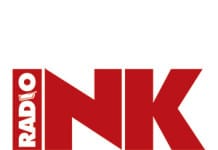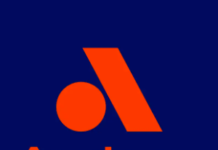Marketing practitioners have long known about the power of these two words. Buyers have always been attracted to that which is new, and can’t resist offers that include something free. The problem with these two words as marketing tools is that neither is sustainable.
Nothing is new forever, and you can’t stay in business giving away your product for free. Can you say “Facebook”? Much to the chagrin of businesses that flocked to the new Facebook because it was free, it is no longer new or free.
You didn’t have to have a crystal ball to know that emerging social media platforms like Pinterest, Instagram, Google+ and more would steal Facebook’s “new” label. And it was inevitable that Facebook would have to find a way to monetize their “free” product.
What is a bit of a mystery, however, is how so many businesses succumbed to the free fad and willingly lost control of their marketing and fan database. Organic reach on Facebook is fast becoming a thing of the past, and other social media networks will inevitably follow their steps towards the pay-to-play space.
Businesses that focused their resources on creating large fan or follower bases are finding that Facebook is now charging businesses for the chance to be seen on the newsfeeds of the database they built! That reality means marketers still looking at Facebook as an organic channel must rethink their strategy.
As the boundaries between earned, owned, and paid media become more blurred, smart marketers are going back to the old strategy of driving traffic to a business’ owned media, websites, blogs, and apps, with intrusive paid broadcast media.
While a business has no control over the number of followers, fans, posts, or likes they attract in an evolving and fragmented social media space, they certainly have control over content and can create their own social communities on their websites.
What social media did teach us is the need to build communities and to have shareable and interactive content. The new business websites will be more interactive, they’ll listen to their communities, and have content to help their communities make more informed buying decisions.
And smart radio advertisers will advertise “visit our website” instead of saying “follow us on [some social media] site.”
Marketers are learning that having 50,000 people registered on their website for email campaigns is more valuable than having 500,000 Facebook fans. These businesses can connect with the 50,000 users who cared enough to register as often as they wish, without having to pay each time. Having to pay to reach your own Facebook fanbase makes no sense.
The old strategy of utilizing broadcast to inspire and Internet to inform is making more sense each passing day. A couple of years ago, I predicted there would be a radio renaissance in the face of social media’s fragmentation and as each platform struggled to monetize their popularity.
But the world changes must faster today than ever before, and I never predicted that turnaround would happen as quickly as it is about to happen.








